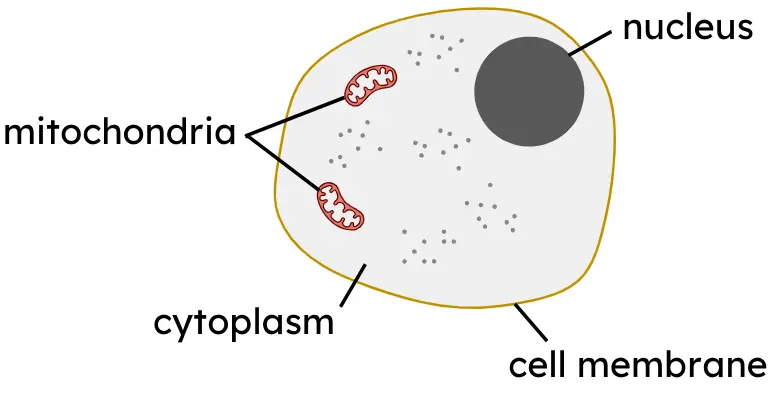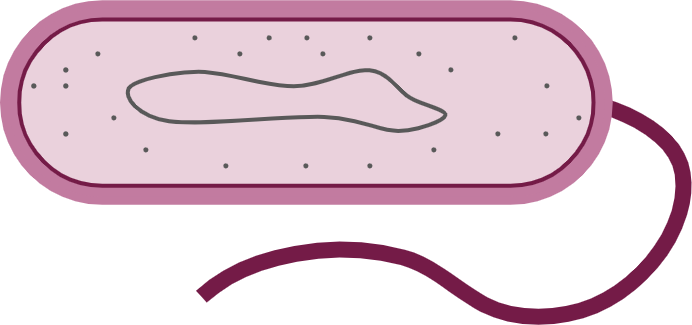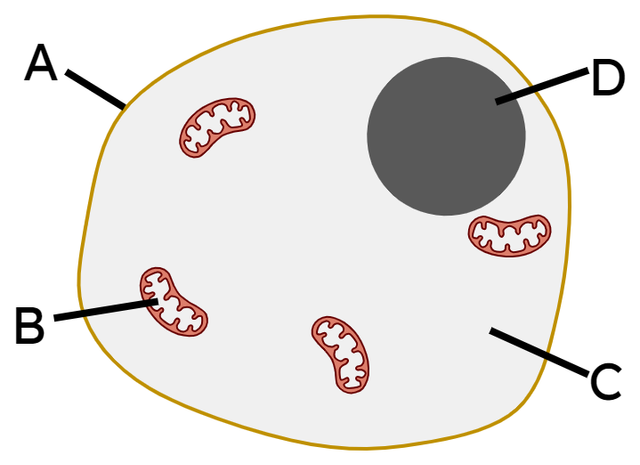Myths about teaching can hold you back
- Year 7
Genetic material and DNA
I can describe what genetic material is and where it is stored in animals, plants and microorganisms.
- Year 7
Genetic material and DNA
I can describe what genetic material is and where it is stored in animals, plants and microorganisms.
These resources were made for remote use during the pandemic, not classroom teaching.
Switch to our new teaching resources now - designed by teachers and leading subject experts, and tested in classrooms.
Lesson details
Key learning points
- Plant and animal cells are made of parts including a cell membrane, cytoplasm and a nucleus.
- In plant, animal and fungi cells, the genetic material is stored in the nucleus.
- Bacteria are microorganisms and do not have a nucleus; their genetic material is stored in the cytoplasm.
- The genetic material of all organisms is made of a chemical substance called DNA.
- DNA is built from molecules that form a code used as instructions to build inherited features and control life processes
Keywords
Cytoplasm - Cytoplasm is the jelly-like substance inside a cell where the chemical reactions of the cell take place.
Nucleus - The nucleus stores the genetic material of plant, animal and fungi cells.
Bacteria - Bacteria are unicellular microorganisms.
DNA - Genetic material is made of a chemical substance called DNA.
Genetic code - DNA is built from four different molecules (ATCG), which form a genetic code used as instructions to build and control living organisms.
Common misconception
Bacteria and plants do not have genetic material to be passed to offspring.
Examples of both bacteria and plants passing genetic material and features to offspring in reproduction, and the outcomes, i.e. growth.
To help you plan your year 7 science lesson on: Genetic material and DNA, download all teaching resources for free and adapt to suit your pupils' needs...
To help you plan your year 7 science lesson on: Genetic material and DNA, download all teaching resources for free and adapt to suit your pupils' needs.
The starter quiz will activate and check your pupils' prior knowledge, with versions available both with and without answers in PDF format.
We use learning cycles to break down learning into key concepts or ideas linked to the learning outcome. Each learning cycle features explanations with checks for understanding and practice tasks with feedback. All of this is found in our slide decks, ready for you to download and edit. The practice tasks are also available as printable worksheets and some lessons have additional materials with extra material you might need for teaching the lesson.
The assessment exit quiz will test your pupils' understanding of the key learning points.
Our video is a tool for planning, showing how other teachers might teach the lesson, offering helpful tips, modelled explanations and inspiration for your own delivery in the classroom. Plus, you can set it as homework or revision for pupils and keep their learning on track by sharing an online pupil version of this lesson.
Explore more key stage 3 science lessons from the Heredity and DNA unit, dive into the full secondary science curriculum, or learn more about lesson planning.

Licence
Prior knowledge starter quiz
6 Questions
Q1.Where is genetic material stored in an animal cell? Choose the correct structure.

Q2.Choose the features which all living cells have.
Q3.Genetic material is passed on to offspring during the process of...
Q4.Match the keyword to the correct definition.
Passing genetic material from parent to offspring.
The living building blocks of all living organisms.
To gain features or processes from a parent.
Where the genetic material of some cells is stored.
Process of making offspring.
Q5.Which statement about bacteria is correct?

Q6.Which factor passes on features by heredity?
Assessment exit quiz
6 Questions
Q1.Match the label to the correct keyword.

cell membrane
mitochondria
cytoplasm
nucleus
Q2.In animal, plant and fungi cells the genetic material is stored in the...
Q3.In a bacteria cell, where is the genetic material stored?

Q4.Genetic material holds the instructions for all features and processes in a living organism.
Q5.What is this molecule called?



